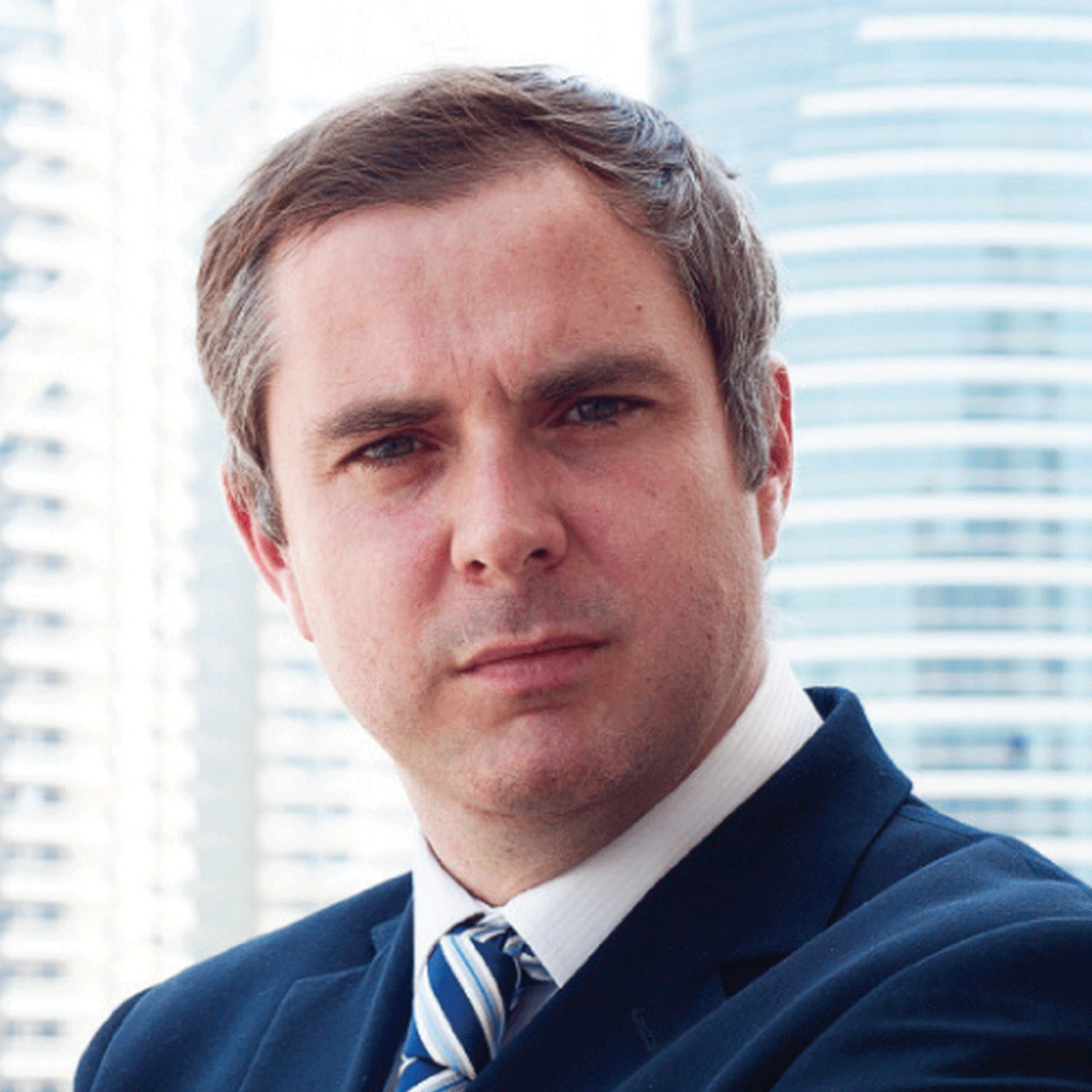PMV Live Roundtable Pt. 3: Rental vs Purchasing
With the start of PMV Live around the corner, CMME presents it coverage of the special PMV Live Roundtable that took place in October. Taking part of a lively discussion was: Putzmeister’s regional director Jens Bawidamann Martin Kirby, managing director, Wolffkran Arabia; Talal Al Mahroos, marketing manager, M H Al Mahroos (brands include: Putzmeister, Genie, […]

With the start of PMV Live around the corner, CMME presents it coverage of the special PMV Live Roundtable that took place in October.
Taking part of a lively discussion was: Putzmeister’s regional director Jens Bawidamann Martin Kirby, managing director, Wolffkran Arabia; Talal Al Mahroos, marketing manager, M H Al Mahroos (brands include: Putzmeister, Genie, Karcher, Yanmar); Abdul Qader Mohamed Al Ali, president, Al Wasit Machinery (brands include: Hyundai, Sumitomo); Nabil Al Zahlawi, managing partner, NFT Cranes (Potain, Orbit); and Nathan Waugh, event director, PMV Live.
In this part, we look at the changing buying habits of the region’s contractors.
“As we’re predominantly a rental company we tend to do well in a boom, because of the overburden, and during a recession,” says Kirby. “Four or five years ago people were buying and it probably wasn’t the right decision. They were forced into it because rental rates were a lot higher than they should have been and made the fundamentals of buying a tower crane much more viable.”
Bawidamann adds: “The rental market has been good in the past few years, because people could not see what was coming.”
“2009 to 2011 was very bad for us,” says Al Ali whose sales fell from 80 to 10 million AED. “Slowly, slowly it is improving now. New projects are coming.”
Kirby expects that dealers burned by having to sell stock at lower prices than was bought from the manufacturer to generate cash in the aftermath of the crash will make them reluctant to build up large inventories. Half joking, half warning he says: “Although people have short memories.”
“Now people will be extra careful,” adds Al Ali. “Now people will look at what machine can they get, what can they sell? They will try to do market analysis. We have some machine manufacturers producing machines (designed to regional specifications) for here but keeping the stock there (at the factory).”
Al Ali says that like many other companies at the front-end of distribution Al Wasit is offering a consultancy-style service for buyers; finding out what application they need and which machine would be best suited for the task. He says while customers are finding it easier to borrow money to build up their fleet, they also need more information than ever when looking to raise finance: “Banks are asking for a lot of information before giving loans.”
“Anything to do with finance – and banks do not have short memories!” jokes Bawidamann. “They have learned their lessons. Business is now based on facts. Previously it was based on dreams.”
“I come from second-hand machines. 40 years in the business,” says Al Ali. “Second hand machines used to be good when people weren’t marketing them. We source from Europe, Japan, everywhere. Sourcing is not easy. Here you buy a new excavator for $108,000. This machine if it is five years old and you buy from Europe will cost you $60,000, $10,000 to transport, $4,000 customs. Why not buy a new machine, use it for five years and sell it? Buying here is cheaper than anywhere in the world. Everything is 20% cheaper.”
“Another problem with buying in Europe is that the machines are not good for here. You get heat problems, diesel problems; they’re complicated. When we order from Hyundai they are designed by us as we try to minimise the machine for the market.”
“When the crisis hit people did not buy new equipment and they went looking for cheaper solutions like second-hand,” explains Bawidamann. “Europe obviously had a huge market of equipment that they had to sell. For example, Spain was a market for us that went from 200 to one pump a year. You had good machines serviced by Europeans with low hours. So many machines came from Europe to here, but today, the nice machines are gone. They’re already in the market.”
“I hope the contractors learn their lessons,” says Kirby. “During the boom there was a six months lead time for a brand new Wolff or Liebherr, so they were buying lots of other equipment just to cope with demand they perceived was going to increase. Then in six to 12 months you had a huge amount of tower cranes lying idle. Purchasing all of these cranes and having to sell them off cheap because of the crisis or even during the boom time, it doesn’t always make sense.”
Fellow crane man Al Zahlawi adds that his business was once 80% sales and 20% rental.
“Now it is totally different,” says NFT’s managing partner. “It’s 95% rental and 5% sales. People used to be able to buy equipment because there was a plan. That is not the case anymore.”
Look out for part 4 where the panel looks at the rest of the Gulf region.




















